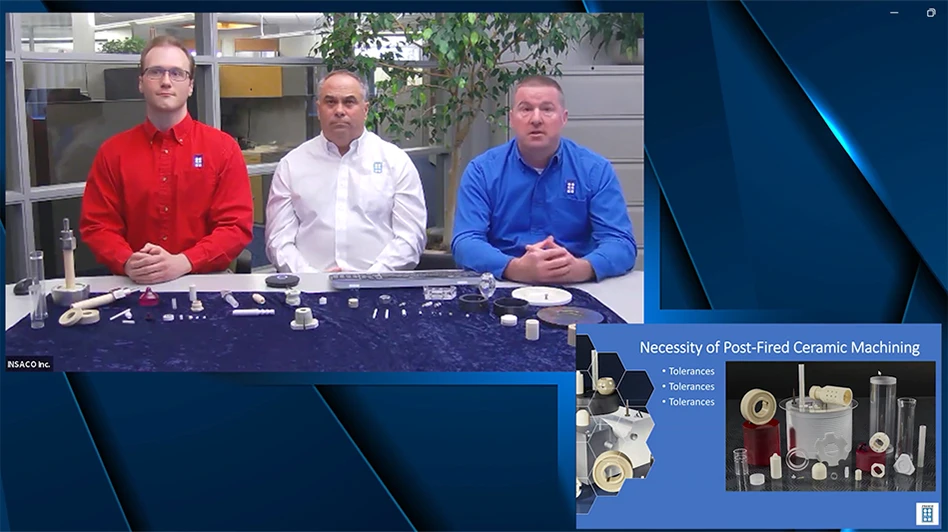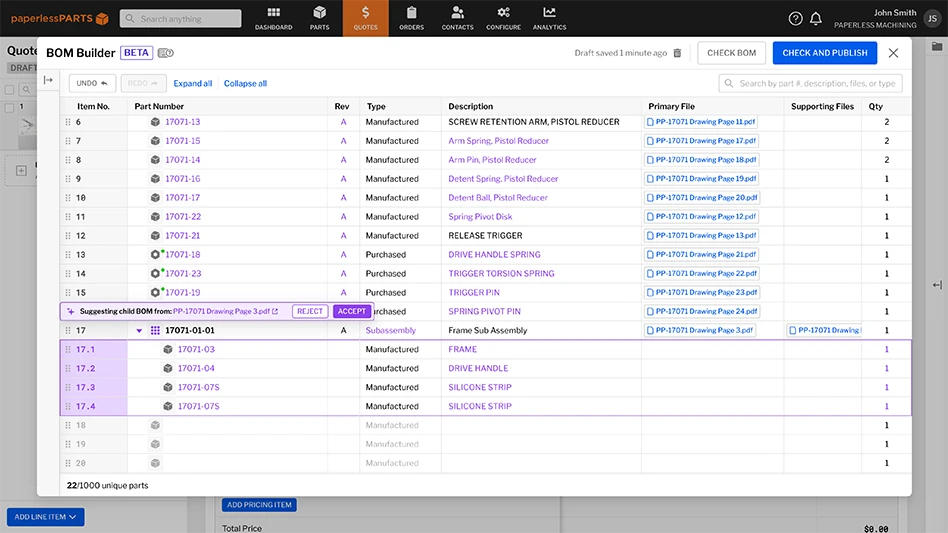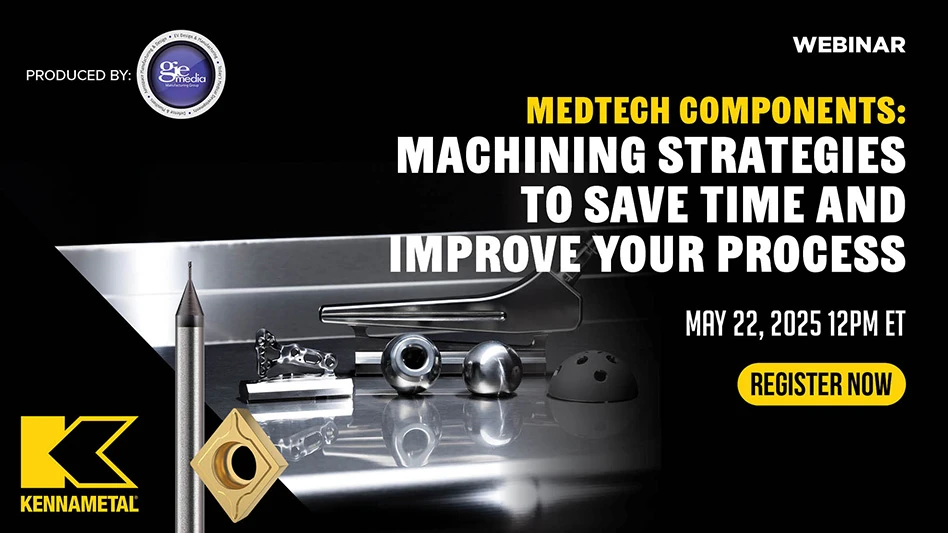With the market for parenteral combination products (drug plus delivery device) rapidly evolving during the last 15 to 20 years, industry focus has been shifting toward connected devices – and their ability to capture a variety of data around drug administration. The global connected drug delivery devices market is predicted to grow 23.4% to reach $25.6 billion in 2030 – with the United States leading the market.
A rapidly evolving landscape
Configurations of connected drug delivery devices are evolving, introducing an increasing range of (largely) reusable drug delivery devices, with either integrated or add-on connectivity. While reusable autoinjectors may have environmental and cost benefits versus disposable autoinjectors, the decision to use these over stand-alone single-use devices depends on therapy regimen, target market, and specific patient needs. With connectivity, opinions on the optimal choice are constantly changing with new enhancements in wireless technology and added performance of electronic components. Other factors influencing global commercial strategies include varying geographical differences, regulatory approval pathways, and environmental standards which must be carefully followed for full compliance. As regulations evolve, the commercial arguments and trade-offs for pharmaceutical companies must shift flexibly as they keep all options open.
This has prompted pharmaceutical companies to adopt flexible drug device platforms which can adapt to different markets, therapies, drug formulations, and/or patient groups with little modification to the original device. Platform devices with added connectivity – while maintaining essential functionality – allow stakeholders greater choice based on preference, cost, and reimbursement considerations. Another option is adding connectivity to existing combination products, which can extend product life cycle.
The challenges of interoperability
Healthcare systems currently lack adequate data integration and interoperability – the ability of different information systems, devices, and applications to connect and share data in a coordinated manner. Data collected from connected devices are siloed from other data sources, making healthcare decisions based on available, real-time data difficult. As the recent COVID-19 pandemic showed, remote patient monitoring (RPM) is a vital, growing healthcare arena and solving interoperability issues is increasingly important.
Initially, a standardized, streamlined, and global communications protocol is needed. One issue is healthcare systems approach data integration differently. In Europe, data’s highly fragmented with differing regional and national privacy laws, making delivering connected products into multiple markets extremely complex. These same factors (limitations on data integration and interoperability) can hinder companies developing new connected devices.
This must change as healthcare providers and pharmaceutical firms are starting to use outcomes-based contracts for new drugs. In these cases, payment depends on the drug’s effectiveness and might entail a manufacturer wholly or partially refunding the healthcare provider only if the outcome threshold (cure, reduction in mortality, biochemical outcome) is met. Where there’s a question about a drug’s effectiveness, the balance often lies in proving patient adherence. Indeed, in the U.S., payers are increasingly emphasizing adherence monitoring to deliver better patient outcomes and boost population health.
Harnessing consumer devices
This is where smart consumer devices could play an important role in drug delivery and general healthcare. Capturing a wealth of physiological data such as blood pressure and heart rate – with glucose measuring and body temperature wrist devices still in future development – they can also map lifestyle pointers including sleeping and exercise patterns. Apart from helping individuals toward healthier lifestyles, data could be harnessed to assist drug delivery and adherence.
Within the connected device ecosystem, smartphone apps can both upload data and provide a user interface for patients to track and manage their therapy. They’ll have a place along with individual digital health apps, which are now being developed and used as payer regulations change. In Germany, digital apps (DiGAs) have been available since 2020 for prescription reimbursement from the statutory health insurance system. With just 4% of physicians currently prescribing to DiGA, there’s room for growth. Other future options will be harnessing 5G and edge computing to send data to and from the cloud, with real-time data transfer making tracking and monitoring devices easier to use without the need for the user to install or use an app. Nevertheless, within the interoperable data sphere, all connected delivery devices will be crucial to future success.
Improved user experience
The importance of the user experience with a connected device is central to better treatment delivery and adherence. Patients can receive immediate feedback to guide them through each stage of using the device and ensure successful drug delivery. Automated features can remind patients about their next or missed dose, as well as capture information about injection time, site, date, and dose rather than having to be manually input. This feedback needs to be presented sensitively: an overload could distress those who find devices too complex to use. Manufacturers also need to be aware of patients’ concerns with data privacy and security, perhaps offering medication and user authentication, which can make devices more complicated to use. This is a particular issue if it consequently discourages older or nervous patients who feel less tech savvy. Limiting the amount of user interaction needed during the setup stage, which direct-to-cloud devices can offer, might be one of the solutions going forward.
During clinical trials, the devices can feed back data from users to manufacturers and allow adjustments and improvements to device design and performance. Post-product launch, these continued data feeds can help manufacturers make ongoing device modifications and adjustments to improve the patient experience.

devices which guide patients who might
be beginning an injection treatment or
who are using a new injection device.
PHARMACEUTICAL SERVICES
Training devices and sensors
As self-administration continues to increase post-COVID, manufacturers are developing training devices which guide patients who might be beginning an injection treatment or who are using a new injection device. Data capture and sensors within the device ensure patients can learn how to deploy it optimally and accurately. Sensors can check that the device is being used correctly, visual feedback can suggest injection sites, and audible alerts can indicate the dosage start and end times.
Understanding and using a drug delivery device correctly is crucial with some newer drug formulations which are now being delivered less often, and in larger volumes. Some drugs, such as SKYRIZI, used to treat plaque psoriasis, Crohn’s disease, and psoriatic arthritis, can be delivered every 12 weeks which may further assist higher adherence. According to recent studies, patients find the more frequently their medication needs to be taken, the more forgetful they are in taking it.
To conclude…
While the potential for developing connected drug delivery devices is highly positive, with new concepts flowing into the market, interoperability is complex. Digital tools must always be both user- centric and cost-effective. There are multiple challenges: streamlining data capture and storage using multiple players; managing differing global data security and healthcare legislation; and sensitively creating strategies which improve user experience, assist clinicians’ workload, and help reduce payer’s healthcare costs. Yet the industry must not be put off. The future benefits are greater still and are worth striving for.
https://www.ompharmaservices.com
About the author: Michael Earl is the director of pharmaceutical services for Owen Mumford.
Get curated news on YOUR industry.
Enter your email to receive our newsletters.

Explore the September 2023 Issue
Check out more from this issue and find your next story to read.
Latest from Today's Medical Developments
- North America's supply chains face sharp decline due to tariffs
- Experience precision: GF Machining Solutions' CUT F Series wire EDM
- Mastering high-temp alloys with Kennametal Inc.
- Integer expands operations in Salem, creating 83 jobs
- Siemens unveils new Teamcenter X: Revolutionizing SaaS PLM for all manufacturers
- 3 Questions with an Expert with Allied Machine & Engineering
- Supply Chain Power – A strategic program for executives
- Sunnen Products' PGE-6000 gage






